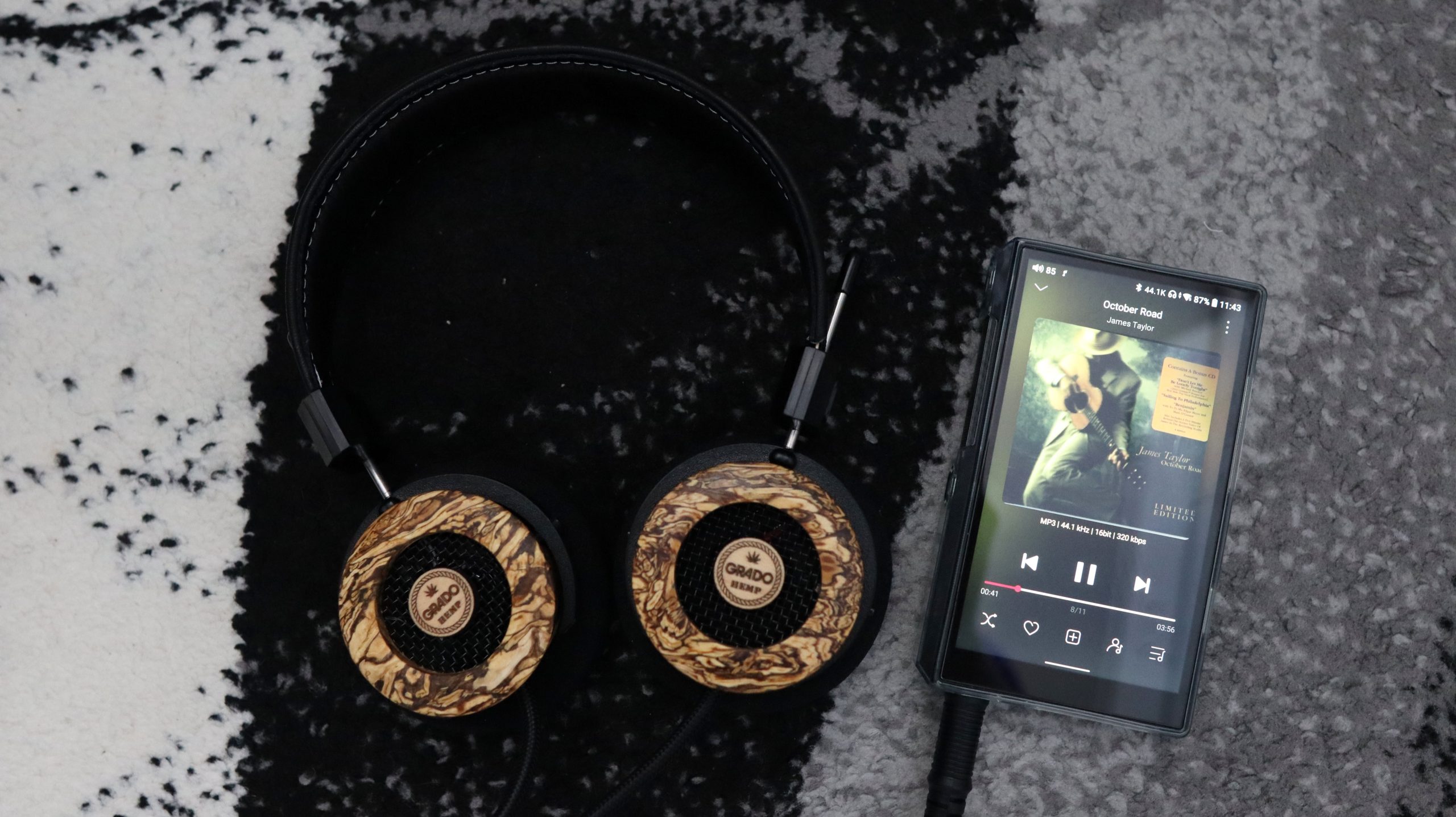Grado made some waves in the headphone world back in 2020 with its limited edition Hemp headphones which, as the name suggested, were made of hemp and maple, combining the warmth of a wood cabinet for audio with a dose of the good stuff. 2024 has seen Grado make the Hemps a permanent part of their range, with an appropriate price – $469 in the USA (up from their previous price at $420), and £439 in the UK. Of course, that’s by no means cheap, and it’s a lot more than previous Grado models I’ve looked at, such as the lovely SR325x. I’ve been using the Hemps for the last few weeks to see if they’re worth that higher price.
The Hemps’ design is classic Grado – they’ve got a signature design language when it comes to their headphones which carries through even from their more affordable choices to their top-end options that cost a fortune. They look as if they are more from the post-war period than from 2024, and carry all of the brand’s aesthetic choices. That goes for everything from the thinner earpads to the stitched leather (or vinyl from Grado UK) headband that doesn’t have much in the way of padding. With these choices, the Hemps rest on your head more than clamp down on your cranium. It makes them comfortable for extended periods, especially with their ridiculously low weight of 218g, although you do have to get their fitment just right to reap the rewards.
If you haven’t used a pair of Grados before, it takes some getting used to with their thinner elements across the headband and around the earcups. They can get uncomfortable if not fitted right, and I do wish that Grado would opt for slightly plusher earpads, especially at this price. In addition, the coiled cable is disproportionately thick, dwarfing the tiny jack on the end. This can get in the way a tad when you’re deep in your favourite tracks, but it is at least braided.
As much as everything else about the Hemps’ design feels quite rudimentary and basic, their use of maple and hemp on the earcups does not. The wood used combines to have this intricate, almost marbled pattern to it, which looks sublime. Run your fingers across it, and you can actually the grain, too – you don’t get that everyday. The blend of maple and hemp, which is a harder wood than the more commonly-found oak, helps the Hemps to offer a lot of detail and width in their audio. It carries a different feel to other cans that use metal, with a more natural presentation.
